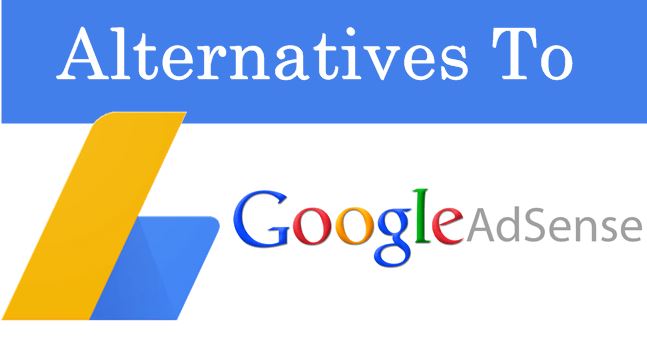One of the most convenient things in life is to search google and get our answers easily. We often talk about the importance of content and designs that keeps the user engaged. But what about the system that actually fetches us the information and converts it into readable data?
APIs are the bridge that covers the gap between us and the required data on the internet. APIs are a data retrieval interface that receives commands, communicates to another program, retrieves data, and converts it into readable information for you. The benefit of APIs is that it doesn’t have user access to your phone’s data and you don’t need a lot of interaction to gain the desired information. The API works on packets of data ensuring security. For the task API’s (application programming interface) is assigned, it requires speed, secure networking, and the limitations on crashing.
While a professional is working on website development, another developer is working on the bridge.
APIs are developed by two well-accepted tools known as REST and GraphQL. These two have been the runner-up so far surpassing the other interfaces. REST is relatively the traditional method since the 2000s created by big corporations. while the latter was only introduced in 2015 surpassing the traditional tool. Developers are often torn between the two for the APIs. We all want the best, don’t we?
So are you confused about which would be the best companion for your project? We have created a comprehensive comparison between GraphQL vs REST. similar to our mentioned interfaces we have simplified the comparison for a quick decision.
Which is best? REST vs GraphQL
REST (Representational State Transfer)
REST is a mandatory expertise and reliable tool for developing API for years. The industry standard for designing APIs is designed to simplify the machine to machine communication with support to aid a range of data formats.
Rest API is a network-based software and an architectural concept used to develop new APIs in the industry. The APIs is widely preferred in the corporation industry because it fetches complete datasets to transfer the information to you but it doesn’t let you limit the fields meaning the information wouldn’t be tailored to the request specifically.
As far as usability is concerned REST also has clear and standardized guidelines on versioning. Every provider is free to complement their approach. The visualization and support to various databases increase the interface flexibility of the user.
Some of the REST pros include mature endpoints and easy obtaining of API analytics for the REST. The team is also working to make available insights features shortly. REST behavior also depends on the HTTP and URI method used which makes the endpoint unpredictable.
REST is an established tool surviving the industries for two decades now and when it comes to security it’s definitely winning. Using REST you have consumed several inherent ways to enforce the security of the APIs
GraphQL
Developed in 2012 the new rising start in the industry with modified features to overcome the existing flaws in development flaws. The innovative architecture was introduced by the famous app Facebook in 2015 as open-source and quickly gained popularity among developing enthusiasts. Currently, it is used famously by Facebook, Github, Pinterest, and Shopify.
GraphQL is a query language that operates over a single endpoint using HTTP to optimize performance and flexibility. GraphQL organizes data in one interface but has similar sets of constraints as its competitor REST APIs.
The GraphQL enthusiasts refer to the data collection of REST as over-fetching. GraphQL uses its query-based language to provide the information tailored to exactly and specifically what the user requested. It cuts down the information from multiple objects with just one entity increasing usability.
GraphQL security measures are not as mature as REST. The tool only assists in integrating data validation and to implement authentication or authorization you are your own. The third-party authentication factor impacts the overall security of the GraphQL based APIs.
GraphQL is a powerful tool and a learning curve, however, it limits the processing. Additionally, GraphQL has an extremely direct approach to versioning of APIs, which simply don’t versionize the APIs.
End verdict?
First off for debates one should understand that while GraphQL is a modern technology designed to address user-specific needs, REST has been in the game for years. The latter and former are relatively alternative to each other yet not replacements.
While both of their similarities, there are numerous subtle differences as well that makes them
GraphQL and REST are both powerful tools and fit the best according to your needs. According to a state of API 2020 report, 82% of the consumers consume the REST-based API while only 19% are using GraphQL. The former is still globally recognized for predictable outcomes.
GraphQL is a big win when you are creating APIs that only fetch limited information. GraphQL is designed to fetch only limited data and hence does process large amounts of data. With limited data fetching the processor is faster than the competitor. The tool also requires less effort to integrate remote services as compared to REST.



